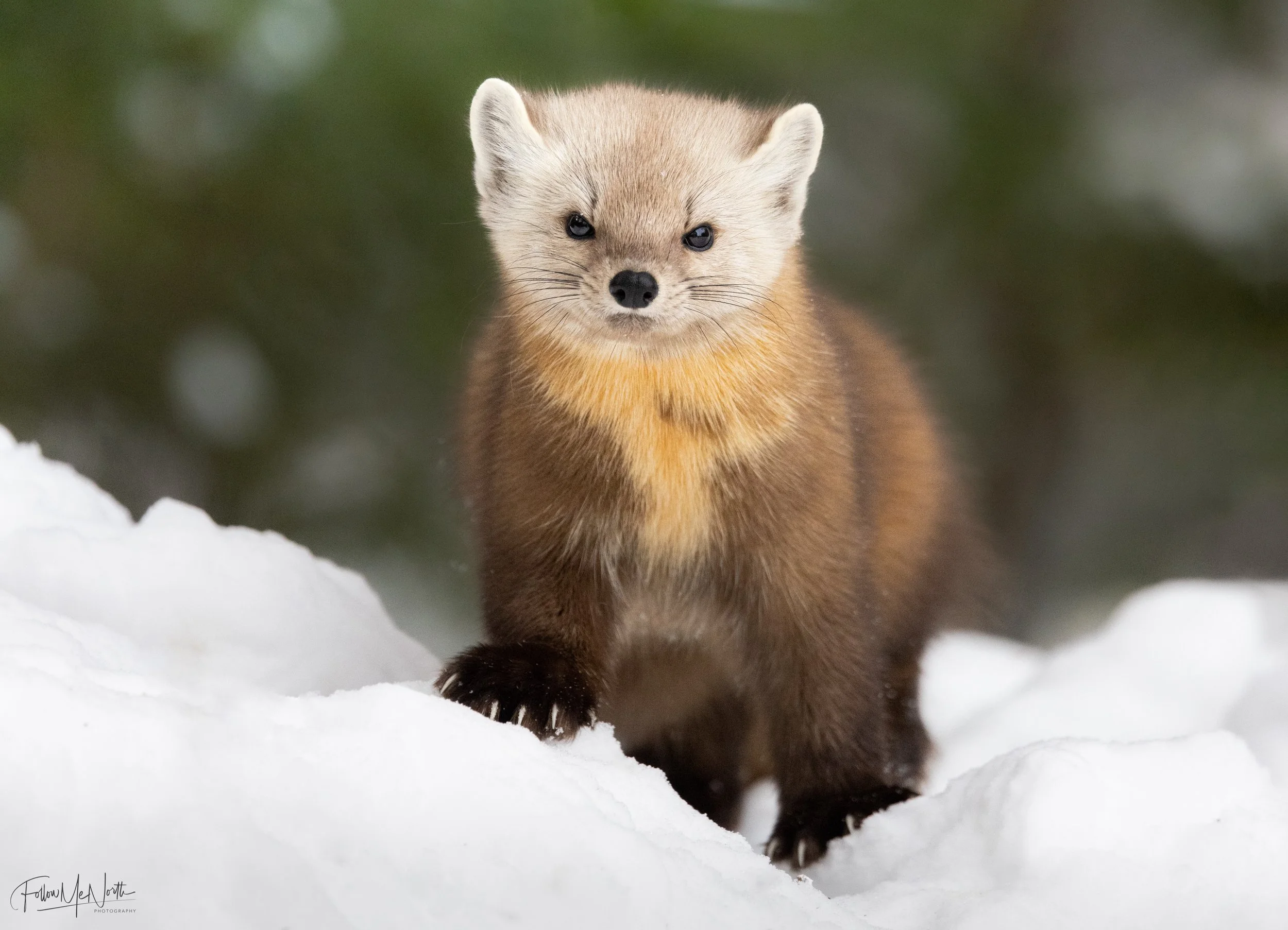How To Practice Ethical Wildlife Photography
We’re thrilled to be included in Canadian Geographic’s latest issue, which is now available on store shelves!
A recurring theme in the article is the increasing pressure on photographers to disclose locations or guarantee wildlife sightings in their workshops, practices that not only compromise our collective integrity, but also endanger the animals we aim to protect.
Below we discuss and expand on our thoughts and feelings on the subject, and how you can help correct the narrative as wildlife photography only gains in popularity. For better, or for worse.
A big thanks to journalist, Rhiannon Russell, for diving deep into this subject and crafting an impactful article.
We’re honoured to be featured alongside John E. Marriott, a man whose ethics, personal integrity and photography we have long admired. Much respect also to Brittany Crossman, Peter Mather, Abdulla Moussa and Jenny Wong who are living by example.
The practice of ethical wildlife photography is just that—a practice. As photographers, we are perpetually learning and adapting, recognizing mastery in our craft is an unattainable ideal.
We've all found ourselves in situations where our actions may have inadvertently stressed an animal or its environment. The key is to learn from these mistakes and take extra care not to repeat them.
As wildlife photographers, we have a moral responsibility to educate our peers on the impact and dangers of disrupting the natural habitats and emotional lives of our subjects.
Wildlife photography can be a powerful tool for raising awareness and funds for important conservation initiatives, but it heavily relies on the personal integrity of the photographer.
Every click of the shutter should be guided by respect for our wild friends and a commitment to continual learning and setting higher standards for everyone in our community.
Compromising wildlife safety for online popularity or winning a contest goes against the very thing we claim to love — authentic nature, wild and free.
We all know the dedication involved in this field is immense.
From countless hours spent scouting locations in every kind of weather to the significant financial investment, not only in equipment but also in travel without the guarantee of finding wildlife.
The journey to capturing a single perfect shot can often be life-long and arduous. But, shouldn’t be without joy.
As photographers, we should find joy in the process of getting outside, regardless of our photographic success. We find joy in our constant approach, in the pursuit of. Despite or because of our luck, we’re still doing what we’re fashioned to do — explore and create.
To prevent undue stress on wildlife and their habitats, it's crucial to maintain discretion about our hard-earned locations.
Jesse and I experience constant pressure to share locations online. And it’s because of this we felt it necessary to list a few considerations, thoughts, feelings and tips about how to hold everyone in the community accountable.
Let's strive to make ethical wildlife photography the norm, not the exception.
What Does It Mean To Be An ‘Ethical’ Photographer?
Wildlife photography allows us to capture the beauty of nature in its rawest form. However, we must approach this art form with respect for our subjects and their habitats.
Here are our top 11 thoughts, tips and considerations about how to practice ethical wildlife photography:
1. Thou Shalt Not Harm, Bait or Feed: Once you're in the field, the well-being of wildlife should always be your top priority.
Human activity can be intrusive, frightening wildlife away from their nests or shelters. Avoid approaching too closely, baiting/feeding, scenting and using baited lures or artificial animal calls to attract them, these practices can cause animals to change their natural mating or hunting behaviours. This also extends to not altering or manipulating their environment (like removing branches from their surroundings) to get a better shot.
Animals can quickly grow accustomed to human presence, and if they associate humans with food, it can increase their vulnerability. Food habituation can lead to greater risks, such as being targeted by hunters, crossing busy highways more frequently or being deemed a threat to human safety by conservation officers — all ultimately resulting in their death.
The goal should be to observe and capture their authentic behaviour in a non-invasive way. Always remember your presence is in their home.
2. Don’t Share Exact Wildlife Locations: It's never necessary or appropriate to post the exact locations of wildlife sightings (especially for vulnerable animals with den sites, like foxes). The closest we come to that is mentioning the general area - such as the West/East Side of Algonquin Park or the Highway 60 Corridor. This approach is rooted in our respect for wildlife and the desire to minimize any potential disruption to their natural behaviours and habitats.
Even in situations where the likelihood of the animal returning might be low, or where the location is not easily accessible — even in these cases, disclosing exact locations could potentially encourage a higher influx of visitors to these areas, which could indirectly impact the wildlife and their habitats.
As wildlife photographers, we believe part of the joy and thrill comes from the pursuit - the experience of being out in the wild, observing, and waiting for that perfect moment. It's not just about capturing a great photo, but about the journey that leads to it. When we focus too much on specific locations or sighting guarantees, we risk losing sight of this bigger picture. It can lead to a mindset focused more on 'collecting' wildlife photos rather than appreciating the beauty of nature and the privilege we have to witness it.
3. Disable Geotagging: We recommend disabling geotagging in your camera settings, to avoid locations being stripped from your image metadata by unethical photographers online. Yes, some people go to great lengths to seek out locations, especially for rare sightings. Be sure to protect this valuable data and prevent it from getting into the wrong hands.
4. Invest in the Right Gear: Consider investing in equipment like telephoto lenses that allow you to photograph wildlife from a safe and respectful distance. This not only protects you and the wildlife, but also allows you to capture more candid and natural behaviour.
5. Respect Boundaries: Remember, you are a visitor in their home. Stay on designated trails wherever possible and avoid trespassing into restricted areas.
Be cautious about the amount of time you spend with your subject to reduce the impact your presence has on their routine, even if the animal seems comfortable. If the animal knows you’re there, they may not feed regularly or behave as usual.
6. Educate Peers and Champion Ethical Practices: When photographing in groups, step up to promote ethical practices. If you notice someone engaging in harmful behaviour like baiting and using calls or lures, approach the situation from a place of conversation rather than confrontation, and discuss the importance of respecting wildlife. Creating a culture of accountability and respect within the photography community is the only productive path forward. Maintain your integrity, always.
7. Caption With Honesty: When sharing your photos on social media, be transparent about the circumstances in which they were taken. Avoid giving specific location details to prevent overcrowding. If it was taken in a controlled environment like a zoo, private property or other locations where animals are captive, state it clearly. It’s also important to disclose if images were captured using a remote camera trap, or with the help of a local guide with intimate knowledge of the area and proper safety protocols.
8. Learn About The Species: Any human activity, even those with the best intentions, can inadvertently disturb wildlife.
Before venturing into the wild, invest time in learning about the animals you're interested in. Familiarize yourself with their behaviours, feeding patterns, nesting and denning habits, and signs of stress. This knowledge allows you to predict their actions and avoid interfering with their crucial life processes, and helps minimize your disturbance.
Is their head down? Are their ears pinned back? Understanding these signs of discomfort and unease serves to keep both wildlife and humans safe.
Research: Use books, documentaries, and online resources to study the species you're likely to encounter.
Reading the most up-to-date scientific studies or surveys on the animals in your area isn’t a bad place to start. What is their population density? Is there a specific problem they face? Is there an important message you could help promote through your art to aid in public awareness?
Network: Join local nature groups or forums to learn from experienced enthusiasts or professionals.
Collaborating with species-specific biologists and scientists can offer invaluable insights into the needs and behaviours of the species you hope to photograph. This partnership can also help you use your images to tell compelling stories about habitat destruction or conservation goals.
9. Research Your Tour Operators: Before hiring a tour operator for your nature excursions, do your homework. Choose companies that practice responsible tourism, prioritizing conservation and education over profit. Avoid those that encourage baiting wildlife to facilitate photo opportunities and other harmful practices. Ask them how they maintain ethical standards during their sessions and trust your gut if their answers don't satisfy you.
We are honoured to have had the opportunity to explore the traditional territory of the Nuxalk & Ulkatcho First Nations since 2020 with local guides.
10. Respect People and Cultures: Be considerate and respectful towards local communities and Indigenous cultures. Always seek permission before photographing people or sacred sites. More often than not, photography will be prohibited to settlers and you need to respect this.
11. Consider Over-Tourism: Over-tourism can have a detrimental impact on wildlife and their habitats. Be conscious of your footprint and consider visiting less popular, but equally beautiful locations. Maintain a “leave no trace” mentality when in nature — whatever you bring in, remember to take out. We all want to experience tranquil lakes, like the image above, free of litter and human activity.
What Should I Say To Someone If They Ask Me About A Wildlife Location or Sighting?
If you find yourself being asked by fellow photographers about the location of wildlife and you’re unsure of what to say, feel free to copy and paste this canned response from us:
“When it comes to the well-being and safety of our wildlife friends, I prefer not to disclose specific locations. It's essential to maintain their privacy and protection, especially online. Being a fellow nature enthusiast, I'm sure you understand. If you happen to spot me in the Great Outdoors, I'd love to chat more in person. Enjoy your time in nature!”
It’s Okay If You Just Want To Take Photos For Art’s Sake
There's no problem if you've found refuge in wildlife photography. If it's what gets you outside and moving your body, fuels your creativity, and acts as a soothing balm for your mental health, that's fantastic!
Not every image needs to carry a profound message, sometimes, it's enough if they bring you peace and joy.
However, it's critical to remember that even with these personal benefits, the onus of ensuring the welfare of the wildlife you're photographing still falls on you.
The Golden Rule is simple - respect the environment and its inhabitants.
Your enjoyment should never come at the cost of their well-being.




















